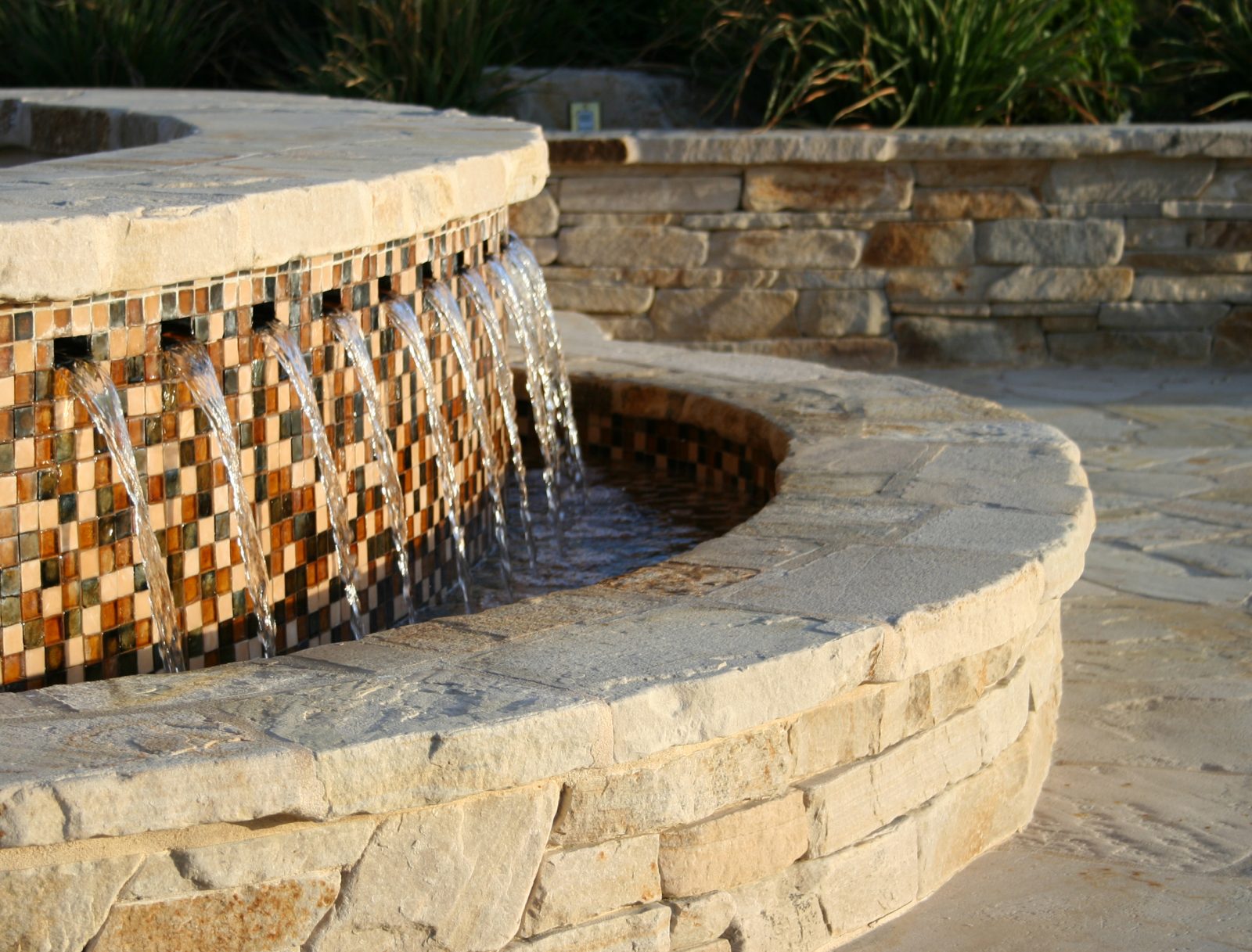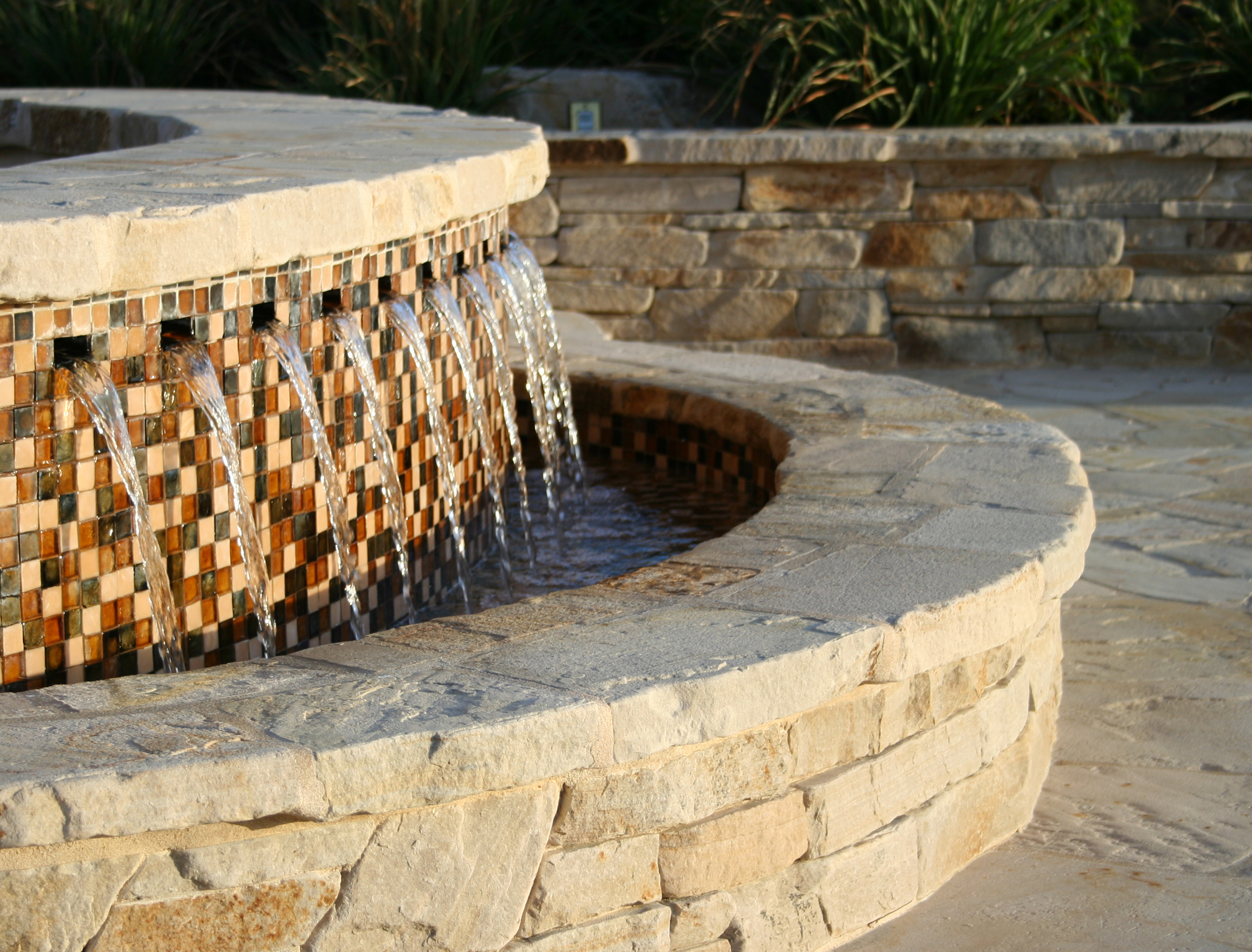The Pitfalls of Pinching Pennies
October 10, 2012
0
Shares

 Lots of homeowners believe that they can save money by “cutting out the middle man” and supplying materials such as tile and stone directly to a design or construction firm. The theory is that they will avoid markups and will be paying only for installation. That may literally be the case, but it’san excessively narrow view of what actually happens in such a scenario.
Lots of homeowners believe that they can save money by “cutting out the middle man” and supplying materials such as tile and stone directly to a design or construction firm. The theory is that they will avoid markups and will be paying only for installation. That may literally be the case, but it’san excessively narrow view of what actually happens in such a scenario.For starters, there’s the issue of the material warranty: When the owner buys direct, that important coverage essentially vanishes. Indeed, if the installer is not also the specifier, he or she is not responsible for any of the myriad material-related problems that might come up.
Later, when something happens, the homeowner isn’t likely to be easygoing enough to say, “Gee, I guess that deal wasn’t so great after all.” Instead – and take it from someone who has consulted in many of these situations as an expert witness – the homeowner will invariably say, “You must have done something wrong during the installation to cause this.”
This is the lovely place where lawsuits thrive. The upside, of course, is that these situations are largely avoidable if there’s good early communication between the homeowner and the designer or builder – and if the homeowner can be guided to a more reasoned path.
Deeper Issues
The basic problem here is that homeowners seldom (if ever) have expertise with construction materials, much less with the particulars of the application in question. As a result, it is rare to find one who knows what questions to ask in sourcing materials.
Just because the vendor says “it’s fine for that use” does not mean that it is so. And just because the homeowner saw the same (or, more often, a “similar-looking”) material used in an equivalent application does not mean that it is the same material or can be used the same way.
I’ve always said that sourcing materials is a science built atop a lifetime of experience. Here, for example, is a short list of considerations that must be processed before any final selection of stone or tile finish materials can be made:
• Freeze/thaw response
• Material composition (chemical makeup)
• Reactivity of the material in the environment (snow, rain, swimming pool chemicals, wind, sun, heat)
• Material offcast (the degree to which the material will bleed minerals or decay when subjected to the environmental influences indicated above)
• Hardness (the material’s durability in the application at hand)
• Porosity and stain resistance (how it performs when challenged by common materials)
• Heat retention (important in desert/tropical areas)
• Slip resistance (polished materials are not always the slipperiest!)
• Available finishes
• Component sizes and thicknesses
• Workability (ease of on-site fabrication and installation)
• Installation specifications (supplier instructions)
• Mockup creation.
As suggested above, this is a list any homeowner could carry into a supplier’s place of business and still get things wrong. The experience factor – familiarity with suppliers and materials that any good contractor develops in the course of a career – makes a huge difference when it comes to generating positive results and long-term performance.
The question at this point is: “As a homeowner, do you still want to source your own materials to save a few bucks on the markup?”
Look Before Leaping
My point here is that the average homeowner has no real way of knowing what’s involved in the design and installation of a watershape. Part of my function as a watershaper is therefore to inform and educate homeowners and help them simplify the pathway to success and enjoyment of the end product.
If the discussion above about materials selection isn’t enough, the watershaper can bring up even more information – including, for example, the effect owner-supplied materials have on the installation warranty. In essence, the only warranty in force with owner-supplied materials has to do with whether the materials come loose or fall off. Period. If the material itself falls apart, that’s not covered.
If repairs to faulty materials need to be made later on, it’s the homeowner’s responsibility. Recognizing this, most homeowners are so embarrassed that they were penny wise and pound foolish that they will argue until they’re blue in the face about reimbursing the installer for repairs. This is why most installers will require payment in advance for these types of repairs, to the maximum allowable legal limits.
Truth be told, conflicts over owner-supplied materials are among the largest of all causes of litigation. In self-defense, any contractor who finds himself or herself in a situation where such materials simply must be used should put everything in writing: “Any repair or modifications to any owner-supplied materials will be performed on a predefined ‘time and materials’ basis.” Furthermore, let the homeowner know that these repairs involve “opportunity costs” – that is, the contractor could be off making money someplace else – so there’s a markup on such repairs that ensures a profit.
Filling Gaps
Of course, there are occasions when the homeowner will do something right and will get materials that come with detailed installation instructions and specifications – but that’s rare with the low-cost options with which watershapers are often confronted.
So if that information isn’t available, who will do the research and define what installation method and setting materials will be used in placing the owner-supplied tile or stone? If that method fails, who is responsible? Will the manufacturer or vendor approve the use of the material for the intended purpose? How about if they’re submerged underwater? Or subjected to the high temperatures of a spa? Or exposed to temperature variables on a dam wall or to direct sunlight?
Helpfully, there are standards that establish the proper substrate and rigidity for the installation of almost every type of stone or tile imaginable. There are also specifications that cover masonry walls, wooden floors, concrete floors, building facades, sheetrock walls, counter tops and so on. But what about information related to crack control, uncoupling or waterproofing membranes? What about movement joints and their placement? The contractor’s good practices will cover the basics, but expertise with the specific material at hand is required to take care of the advanced decisions about how things should be done.
With the high prices of labor and materials these days, there’s nothing casual about anything that happens with a watershaping project. Some homeowners will try to save another few bucks, for example, by going to a local home center and buying setting materials to be used with their owner-supplied finish materials.
This is another perilous shot in the dark. The setting materials at most home improvement stores are simply not the best available. True, they might be from the same vendor relied on by professionals, but there are reasons these vendors reserve a few higher-end product lines exclusively for professional use because of the additional skills required to install them. Sometimes it’s just about reading instructions knowledgeably and carefully, but more often it has to do with matters of craft and how quickly the material is applied and how effectively and quickly the finish materials are put in place.
Other factors come into play here as well, including the density of a material and how it is to be attached, particularly to a vertical or overhead surface. Are expensive specialized stone epoxies or mechanical clip systems required? Who will perform the sheer testing or define the standards?
Making Headway
The consumer isn’t always alone through this process. In some cases, the manufacturer of the setting materials will offer a warranty on their products, for example, but often that warranty will stipulate that the purchaser must stay with a single source of setting materials throughout the project.
That’s a great idea from the manufacturer’s perspective, because it ensures basic product compatibility and keeps the setting material of another vendor from degrading the first vendor’s product. Sticking with a single supplier has the added advantage of eliminating easy finger-pointing and blame-laying if things go wrong.
But with all of the above in mind, let’s double back to a question asked previously: “As a homeowner, do you still want to source your own materials to save a few bucks on the markup?”
Before answering, let’s consider the easy alternative: If the designer or contractor specifies and provides all of the finish materials, setting materials and labor, he or she assumes all responsibility for any failures with the material and or the installation (unless there are documented manufacturing defects, in which case the material’s manufacturer is on the hook).
This path seems the wiser one – and I do what I can to give my clients enough information that it makes the most sense, every time.
Paolo Benedetti is principal at Aquatic Technology Pool & Spa, a design/build firm based in Morgan Hill, Calif. He may be reached at [email protected].









